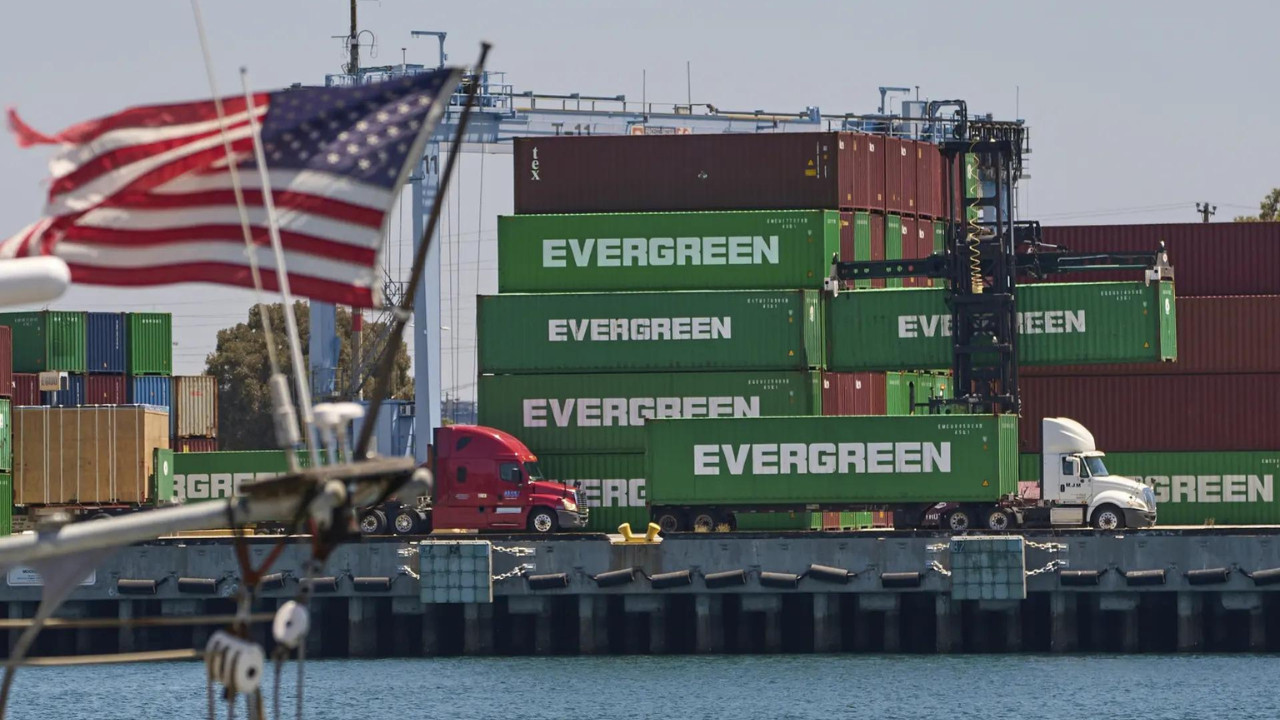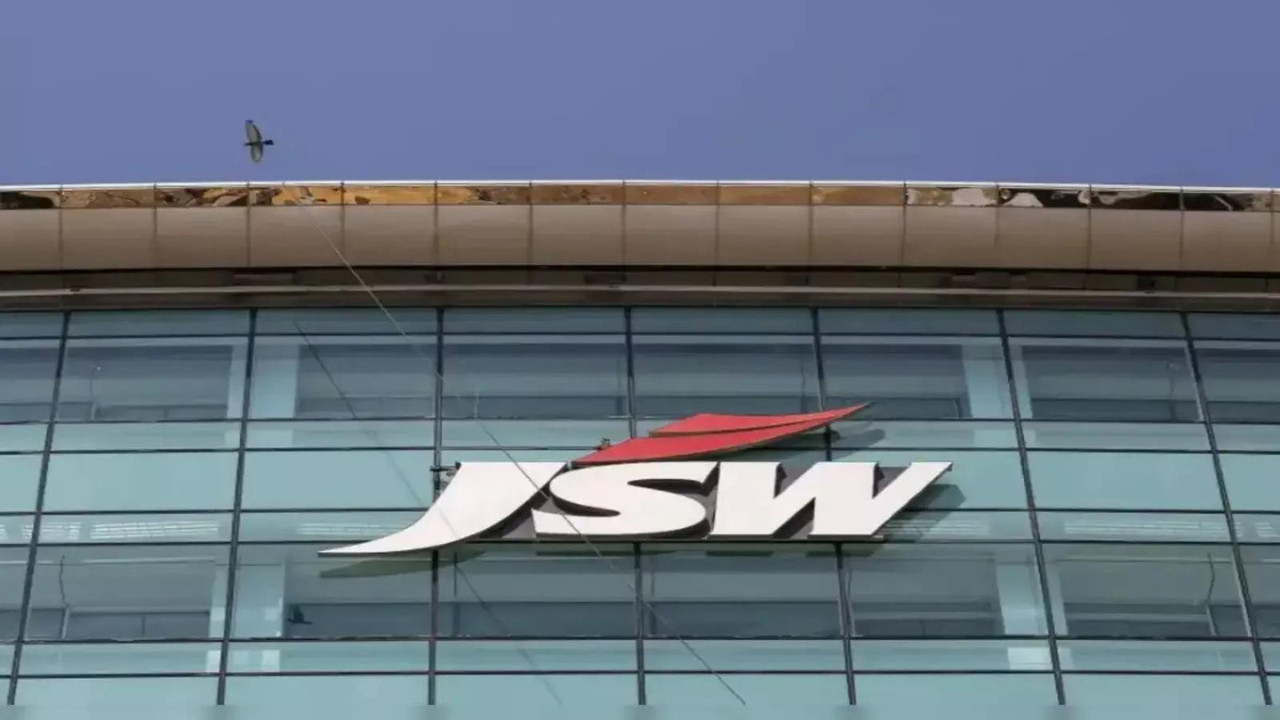With declining fixed deposit rates, risk-averse investors are increasingly drawn to RBI’s floating rate savings bonds, offering an attractive 8.05% annual yield. These bonds, considered highly safe, provide a premium over the National Savings Certificate. Despite liquidity challenges, they present a lucrative alternative, yielding significantly more than benchmark government bonds and fixed deposits.
Ditching the Lock-In? Why Smart Investors are Dodging the FD Slide with RBI’s Floating Rate Bonds
Okay, let’s talk money. Specifically, where to park your hard-earned cash in a world where ‘safe’ seems to be synonymous with ‘meager returns’. You’ve probably noticed it – the slow, agonizing slide of fixed deposit (FD) rates. Remember the days of 7%, 8%, even (gasp!) higher? Those feel like ancient financial history now. Banks, understandably driven by market forces, are tightening their belts, and FD rates are feeling the squeeze.
So, what’s a savvy investor to do? Stash it under the mattress and hope inflation doesn’t eat it alive? Hardly. Luckily, there’s a quietly gaining momentum alternative grabbing the attention of those who aren’t willing to settle for lackluster returns: RBI’s Floating Rate Savings Bonds (FRSBs).
Now, before your eyes glaze over at the mention of “bonds,” let’s break this down. Think of these bonds as a slightly more adventurous, government-backed cousin of the humble FD. They’re offered by the Reserve Bank of India (RBI), which instantly injects a comforting dose of stability. But here’s the kicker: instead of a fixed interest rate, the rate “floats” – it’s tied to the prevailing rate of National Savings Certificates (NSCs).
This floating feature is the real selling point right now. As FD rates dip, these bonds offer a potential lifeline. The interest rate on these bonds is benchmarked against the NSC rate plus a fixed spread. If the NSC rate goes up, so does your return. This is crucial in an economic climate where interest rate cycles are unpredictable, and inflation is a constant worry. You’re not locked into a rate that could quickly become uncompetitive.
Why are investors making this switch? It’s about seeking a smarter, more adaptable way to grow their savings. Think of it this way: with a fixed deposit, you’re essentially making a bet that interest rates won’t rise significantly during your investment tenure. If they do, you’re stuck with a lower rate while everyone else is enjoying the benefits of the new, higher rates. With FRSBs, you’re positioned to potentially benefit from an upward trend in interest rates. You’re not predicting the future; you’re hedging your bets.
But is it all sunshine and roses? Of course not. Here’s a balanced perspective:
* The Good: Security of a government-backed investment, potential for higher returns if interest rates rise, and a decent interest rate right off the bat. Plus, interest is paid out semi-annually. Who doesn’t like getting paid twice a year?
The Not-So-Good: These bonds come with a lock-in period. While there’s a provision for premature encashment for senior citizens after a certain period (depending on their age), it’s less liquid than a regular FD. So, if you think you might need quick access to your money, this might not be the ideal choice. Also, the rate could* go down if NSC rates fall. It’s a floating rate, after all, and fluctuations are part of the deal.
* A Key Consideration: Interest earned from these bonds is taxable according to your income tax slab. This is crucial to factor in when comparing potential returns against other investment options.
So, who are these bonds really for? They seem particularly attractive to:
* Risk-averse investors: Seeking the safety of government backing but wanting a potentially higher return than traditional FDs.
* Those expecting interest rates to rise: Positioning themselves to benefit from potential future rate hikes.
* Senior citizens: The premature encashment option (after a specified period) offers a degree of flexibility alongside security.
The shift towards RBI’s Floating Rate Savings Bonds isn’t just a trend; it’s a reflection of a more informed and discerning investor base. People are no longer content to blindly accept the status quo. They’re actively seeking alternatives that offer a better chance of keeping pace with inflation and maximizing their returns, even within a relatively conservative investment framework.
Are FRSBs right for you? That depends on your individual circumstances, risk tolerance, and financial goals. But one thing is clear: in a world of shrinking FD rates, exploring options like these is no longer a luxury; it’s a necessity for anyone serious about building a secure financial future. Do your research, understand the pros and cons, and make an informed decision. Your future self will thank you for it.
📬 Stay informed — follow us for more insightful updates!







